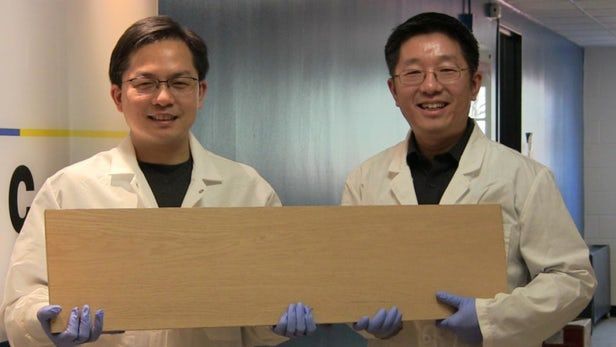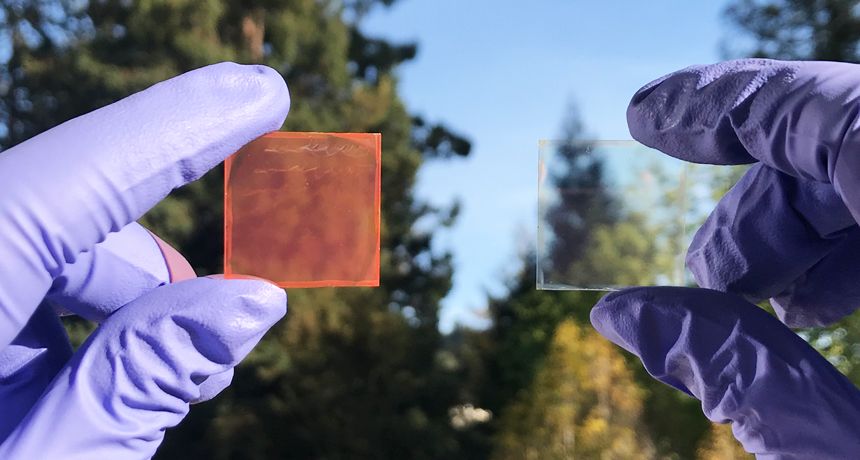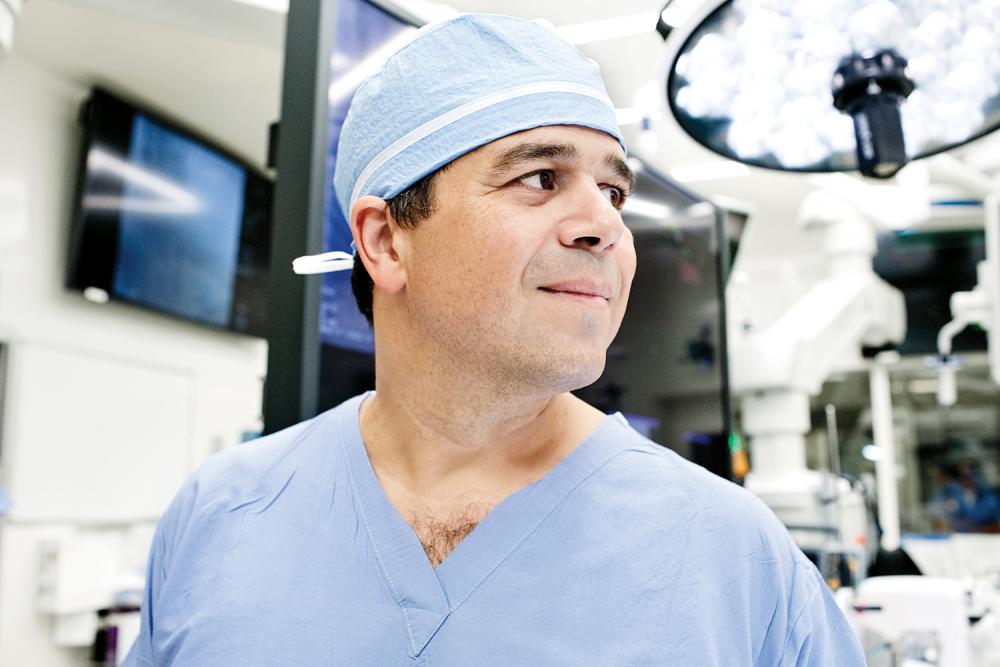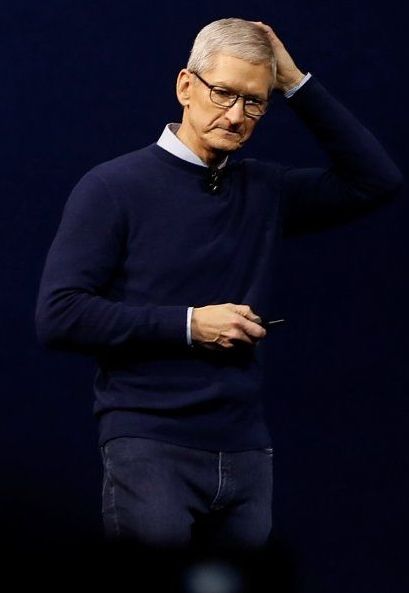Some of the strongest materials to build with are titanium alloys but they are not only expensive but heavy as well. Researchers at the University of Maryland (UMD) have used a new densification process to make super wood that has the same strength and toughness as steel.
Wood is probably the most used construction material already and the UMD team is working to make it even more useful. Liangbing Hu is leading the team responsible for developing the super wood. The researchers first boil samples of wood in a watery mixture of sodium hydroxide and sodium sulfite, which partially removes lignin and hemicellulose from the material. This wood is then hot-pressed causing the cell walls to collapse and form highly-aligned cellulose nanofibers. This gives rise to densified wood, which is stronger than natural wood.





